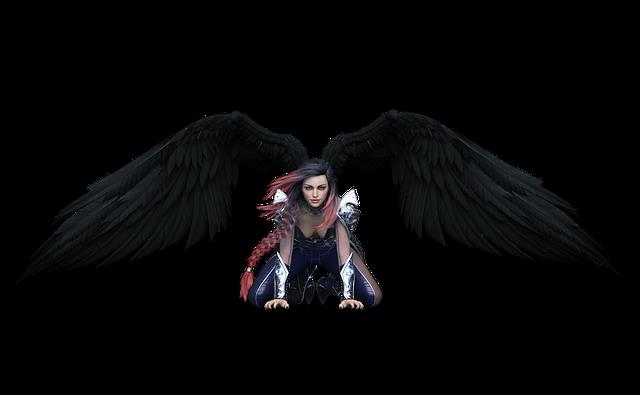
Unleashing creativity in 3D character design requires a blend of technical prowess and artistic intuition.
This article explores ten critical facets of mastery, from understanding human anatomy to employing texturing techniques.
We delve into software selection, sketching preliminaries, and model creation, emphasizing the role of color theory and detail in achieving realism.
Overcoming challenges and staying current with evolving trends are also critical.
Join us as we unlock the potential of innovative 3D character design.
Understanding the Basics of Human Anatomy for 3D Design
To effectively master 3D character design, one must first delve into the fundamental understanding of human anatomy and its profound influence on realistic modeling.
The journey begins with anatomy exploration. This involves studying the human body's shape, form, and structure, including the intricate details of the skeletal and muscular systems.
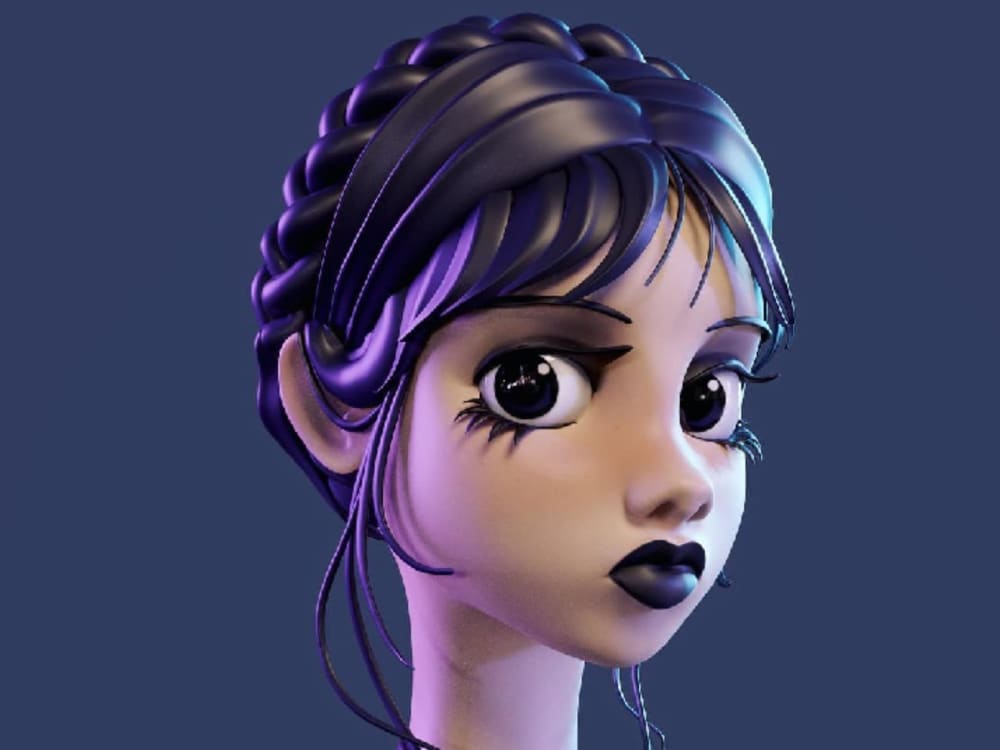
Musculoskeletal understanding is crucial in creating accurate and realistic 3D characters, as it provides the basis for how characters move and interact with their environment. By examining the human form in detail, digital artists can replicate real-world physicality and movement in their designs.
Understanding anatomy also aids in identifying common shapes and proportions, which are key in creating believable characters.
This deep dive into human anatomy forms the bedrock of effective 3D character design.
Selecting the Right Software: Key Considerations
Choosing the appropriate software for 3D character design is a critical step. Three key considerations govern this process:
Software pricing and licensing: This factor includes the cost of the software and any associated licensing fees. It is important to consider both the initial investment and any recurring costs to ensure that the chosen software fits within your budget.
Performance and system requirements: The performance of the software and its compatibility with your computer system are crucial factors to consider. You should ensure that your computer meets the minimum requirements for running the software smoothly and efficiently.
User interface complexity: The complexity of the software's user interface is another consideration. Some software may have a steep learning curve, requiring more time and effort to master. It is important to choose software with a user-friendly interface that aligns with your skill level and preferences.
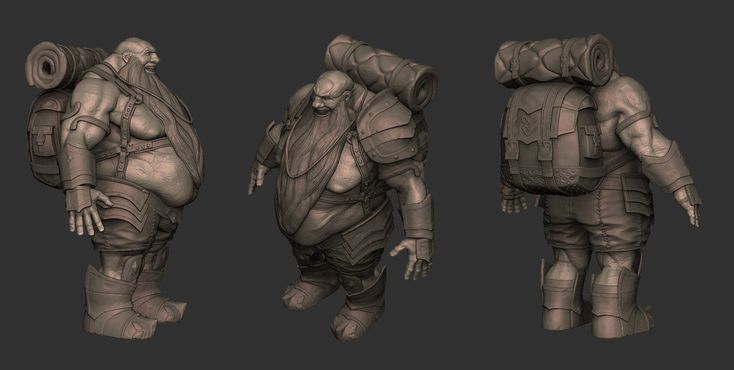
An understanding of these factors allows designers to make an informed choice that best suits their needs and capabilities. In the subsequent discussion, we will further explore these considerations, providing insights to empower your decision-making in the pursuit of 3D character design mastery.
Software Pricing and Licensing
Several crucial factors must be considered when selecting the appropriate software for 3D character design. Notably, its pricing and licensing terms are important considerations. The cost of the software should align with its capabilities and offer value for your investment.
Software sustainability is also a key consideration. A solution that is regularly updated and supported ensures longevity and adaptability in a rapidly evolving industry.
Licensing limitations can significantly impact the software's utility. Some licenses restrict the number of users or installations, which can be problematic in a collaborative environment. The flexibility of the license is also important. Can it be used across multiple devices or transferred if necessary?
Understanding these factors will help you select a software that not only fits your creative needs but also your operational requirements.
Evaluating the performance and system requirements of a software solution is crucial, and it requires a thorough understanding of both what your projects demand and what your hardware can support.
Hardware Compatibility: Ensure the software works seamlessly with your existing hardware setup. Some software solutions may need specific graphics cards or processors to operate optimally.
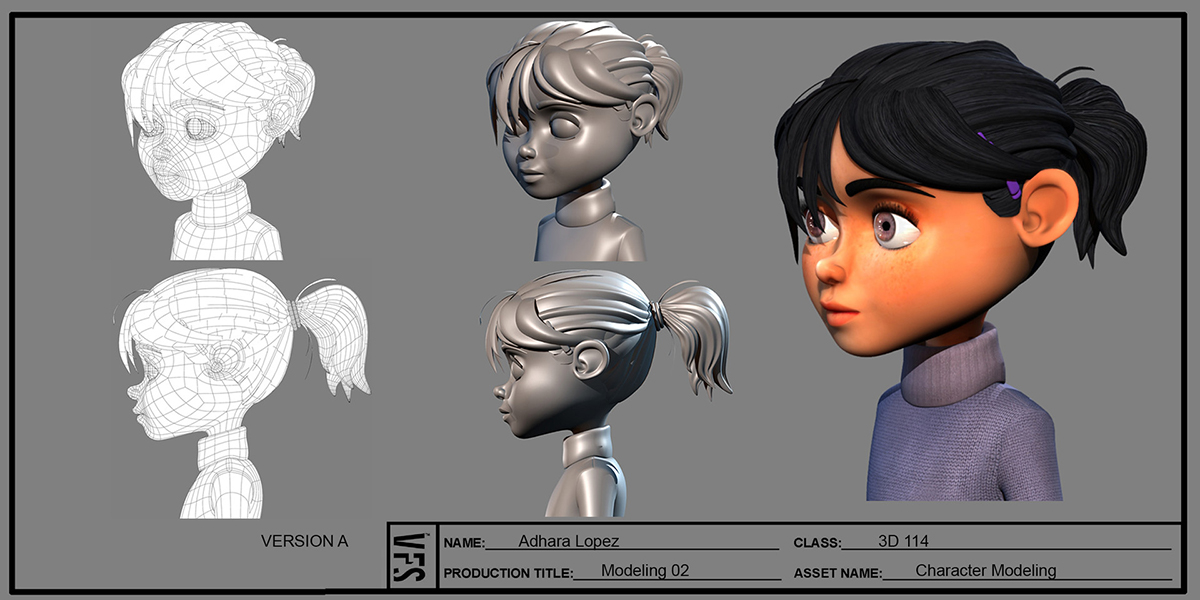
System Optimization: The software must be efficient in utilizing system resources. Look for solutions that balance high performance with minimal system load.
Scalability: Consider the software's ability to handle complex projects as your needs grow. It should be able to process high polygon counts and textures without compromising speed or quality.
Support and Updates: Regular updates and software support are crucial for keeping your workflow efficient and up-to-date with the latest technological advancements.
User Interface Complexity
While one must always consider the power and capabilities of a software, it is equally important to factor in the complexity of its user interface when selecting the right 3D character design tool. An intricate interface may offer a range of features but could overwhelm a novice user, impeding creative flow. For this reason, complexity management is critical.
Interface adaptability, the capacity of the software to adjust to the user's skill level and needs, is a key consideration. A user-friendly interface that offers a simple start but can be expanded as the user's proficiency increases, is an ideal choice. It allows for gradual mastery, fostering growth and innovation.
Such software not only empowers artists but also offers a sustainable learning curve, paving the way for a seamless 3D character design experience.
The Art of Sketching: Preliminary Designs in 3D Character Creation
In the realm of 3D character creation, a minimum of three foundational sketching techniques are paramount to producing compelling and realistic preliminary designs. These designs serve as the backbone for conveying character emotions with depth and precision.
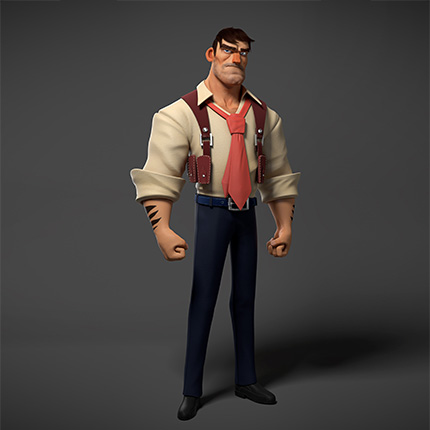
Gesture Drawing: Using rapid sketching tools, this technique captures the essence of character motion, providing a foundation for dynamic, lifelike designs.
Form and Volume: This process involves fleshing out the 3D aspect of character sketches, providing depth and realism.
Understanding Light and Shadows: Mastering this technique brings a sense of solidity to characters, enhancing their three-dimensional appearance.
Detailing: The final step involves adding intricate details to the character design, further deepening its personality and emotional range.
These techniques, when combined, result in a potent toolset for creating vibrant, engaging 3D characters.
The Process of Modeling: Bringing Your Character to Life
After mastering the sketching phase, and with a comprehensive understanding of your character's anatomy, the next crucial step is the process of modeling, which breathes life into your character, transforming it from a static sketch into a dynamic, three-dimensional being.
This process requires a profound grasp of character rigging, where a virtual skeleton is created to manipulate the character's movements. Proficiency in animation principles is also essential for a realistic portrayal of your character's motion and expressions.
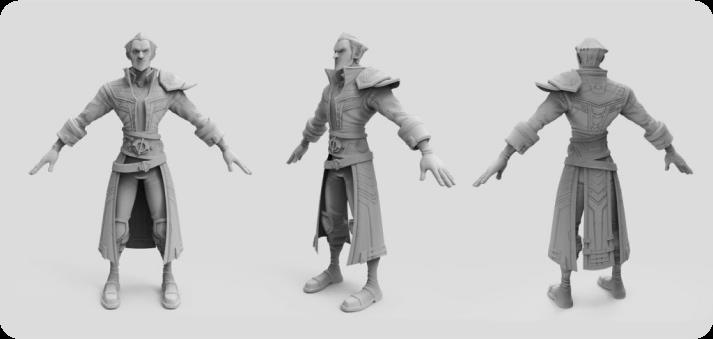
The modeling process is an intricate fusion of technical skills and artistic vision, a dance between precision and creativity. The result is a fully realized 3D character, ready to interact with its digital environment, embodying the innovation that is the heart of 3D design.
Texturing Techniques: Adding Realism to Your 3D Characters
Both an intricate understanding and proper application of texturing techniques are cardinal to infusing your 3D characters with a compelling dose of realism.
Character Rigging: This technique involves creating a skeletal structure that can be manipulated to simulate realistic movements. The textures attached to these rigs can stretch, squash, and bend along with the character, enhancing the level of realism.
Material Blending: This technique allows you to combine multiple materials, creating a nuanced texture that enhances the character's visual aesthetics.
UV Mapping: This technique is used to wrap a 2D image texture onto a 3D object's surface for texture mapping.
Subsurface Scattering: This technique simulates light penetration through the surface of a translucent object, creating a more realistic skin texture.
Mastering Lighting and Shadows for 3D Character Design
Mastering the manipulation of lighting and shadows is an essential skill in 3D character design, and it can make a significant difference in the depth, realism, and overall appeal of your characters.
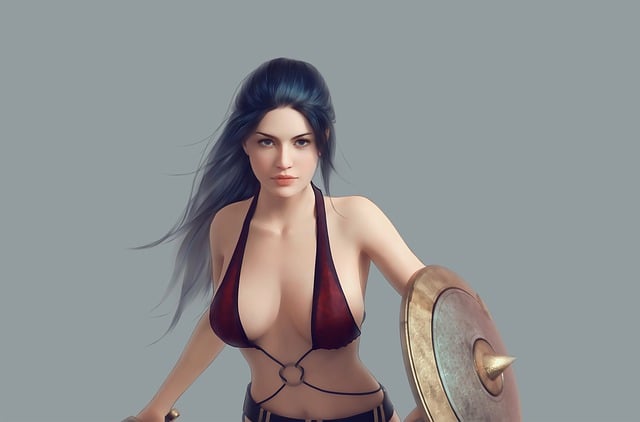
To perfect these elements, an understanding of Lighting Psychology and Shadow Dynamics is instrumental.
Lighting Psychology delves into the impact of light on the viewer's perception, influencing mood and focus. Shadow Dynamics, on the other hand, is the study of how shadows interact with the environment and the character, contributing to a sense of volume and depth.
A well-lit character can captivate the viewer's attention, while strategically placed shadows can accentuate features or evoke mystery.
Therefore, the innovative application of light and shadow can elevate your character design to unprecedented heights.
The Role of Color Theory in 3D Character Design
Delving into the role of color theory in 3D character design, we come to realize its profound impact on the overall visual appeal and interpretative depth of the character.
Color Psychology in Character Portrayal: Color choices can dramatically influence a viewer's perception of a character's personality and emotional state.
Impact of Color Harmony: Establishing a harmonious color palette creates visual consistency and balance, enhancing viewer engagement.
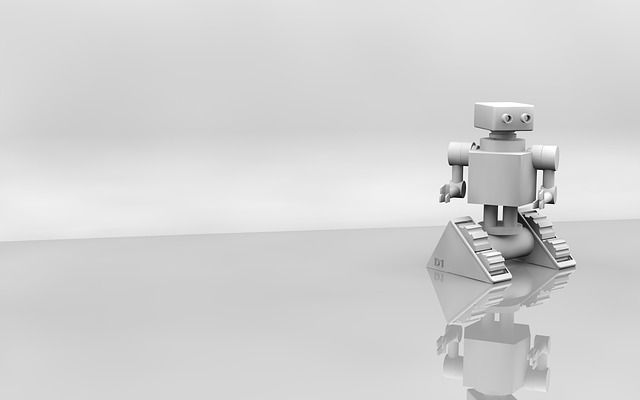
Color Contrast: Strategic use of contrasting colors can emphasize specific character features, aiding in storytelling.
Background and Color: The color of the character against the background can influence focus and perception.
Understanding these aspects can drive the creation of compelling, relatable characters that resonate with audiences, emphasizing the critical role of color theory in 3D character design.
Achieving Realism: The Importance of Detail in 3D Design
In the world of 3D character design, achieving a realistic representation is often the quintessential goal. The level of detail incorporated plays an instrumental role in this pursuit. From the intricacies of skin texture to the complexity of fabric folds, every minute aspect holds the potential to elevate or diminish the overall realism.
The ensuing discussion will illuminate the various detailing techniques and their consequential impact on achieving realism in 3D design.
Detailing Techniques
Achieving a high level of realism in 3D design requires a meticulous attention to detail; indeed, it is often the subtle nuances and minute intricacies that can transform a two-dimensional sketch into a dynamic, three-dimensional character.
To achieve such realism, one must consider the following:
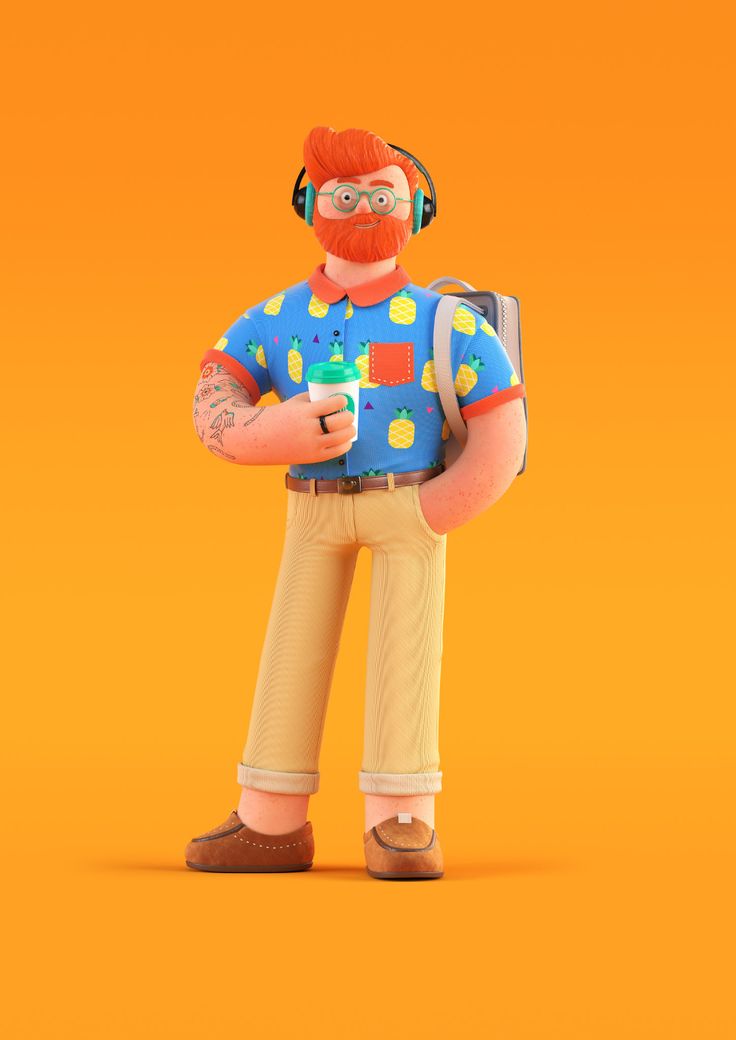
Anatomical Proportions: The correct scale and proportion of body parts are vital. This includes ensuring that the size and placement of each feature are accurate.
Composition Balance: Incorporating elements that balance the overall design, such as symmetry and asymmetry, creates a compelling and believable character.
Texture Detailing: The addition of textures, from skin pores to fabric weave, boosts realism.
Lighting and Shadow: Proper use of lighting and shadow can enhance depth and create a believable 3D effect.
Mastering these detailing techniques can lead to a truly realistic and immersive 3D character design.
Impact on Realism
Within the realm of 3D character design, an astute focus on detail is paramount in achieving a realistic and truly immersive end result. The granularity of textures, the subtlety of light and shade, the precision of aesthetic proportions all contribute to realism perception, creating a convincing 3D environment.
The meticulous attention to the nuances of anatomy, expressions, and movements can profoundly enhance the believability of the character, thus engaging the viewer on a deeper level. The complex interplay of software and artist's skill can render intricate details, transforming a basic model into a lifelike entity.
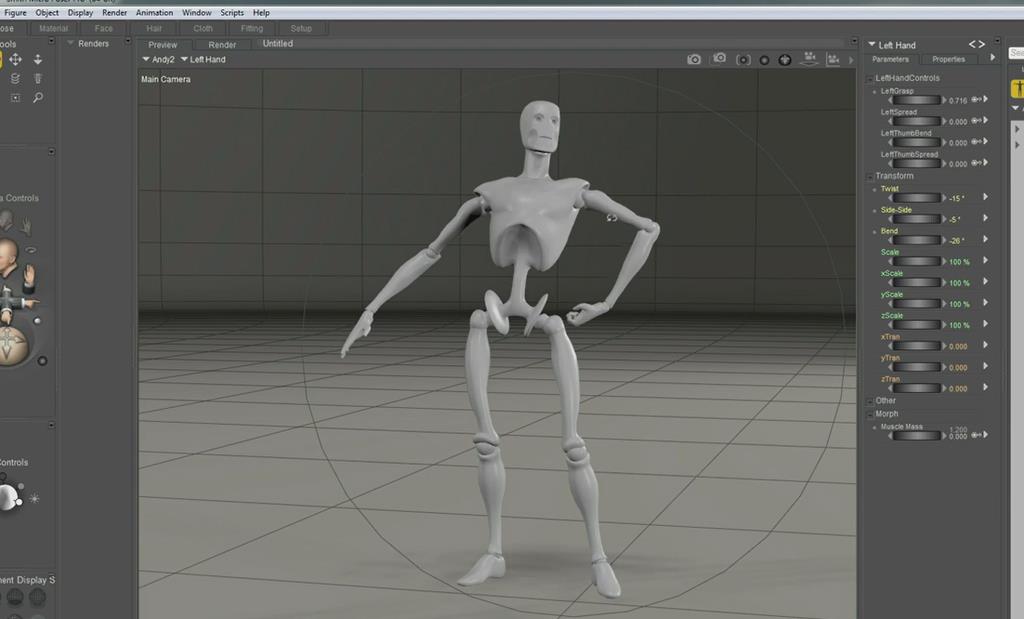
Mastery in detail not only impacts the visual appeal but also fosters emotional connections, driving the immersive experience. Therefore, mastering detail in 3D design is a key to unlock realism.
Overcoming Common Challenges in 3D Character Design
Mastering the art of 3D character design involves overcoming various challenges. These challenges include the intricacies of anatomy, software navigation, sketching, modeling, and texturing techniques. Animation challenges and character rigging, in particular, require specific attention.
Character Rigging: Establishing the skeleton structure of the character is essential to ensure smooth movements.
Animation Challenges: Maintaining the balance between realism and stylization can be tricky. Experiment with different styles to find the perfect fit.
Software Navigation: Mastering the interface and tools of your chosen 3D software is crucial.
Anatomical Accuracy: This calls for a deep understanding of the human form, which can only be achieved through continuous practice and study.
Overcoming these hurdles will pave the way to achieving mastery in 3D character design.
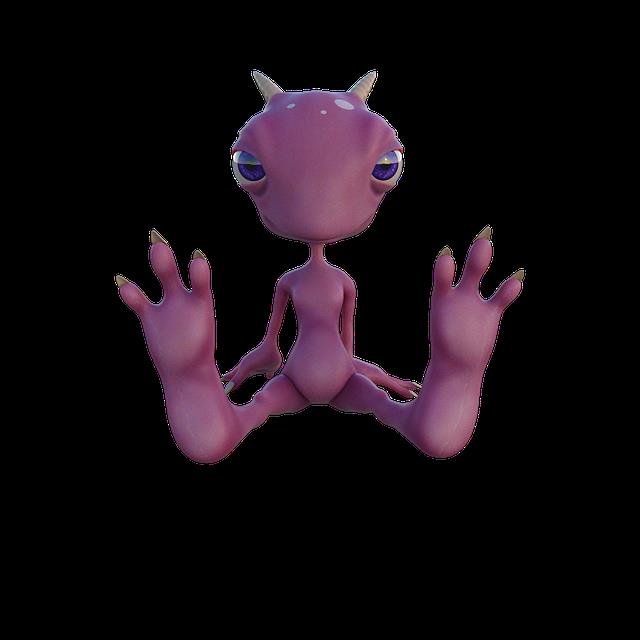
Continual Learning: Staying Current With Evolving 3D Design Trends
In the dynamic world of 3D character design, staying abreast of contemporary trends and techniques is as vital as mastering the foundational skills, and it requires a commitment to ongoing learning and adaptation.
Trend analysis is an essential tool for any designer aiming to stay at the forefront of this rapidly evolving field, as it helps identify new patterns and directions in design evolution. The digital landscape is ever-changing, with new software, methodologies, and design philosophies emerging regularly.
These advances can redefine the parameters of what is possible in 3D character creation. By actively engaging in continual learning, 3D designers can adapt to these changes, harnessing the latest technologies and approaches to push the boundaries of their creative potential.
Frequently Asked Questions
What Are Some Career Opportunities in the Field of 3D Character Design?
Exploring educational pathways and bridging skill gaps open career opportunities in 3D character design, such as game artist, digital sculptor, character designer, VFX artist, and animation director, in industries like gaming and film.
How Important Is Understanding Traditional Drawing Techniques for 3D Character Design?
Understanding traditional drawing techniques is paramount for 3D character design. It imparts foundational knowledge of anatomy, fostering accurate and realistic designs. While digital tools enhance creation, traditional skills remain indispensable in fostering innovative character design.
What Are Some Recommended Resources to Further Enhance My Skills in 3D Character Design?
To enhance your 3D character design skills, consider resources like online tutorials, workshops, and industry-specific books. Stay updated with industry trends and focus on portfolio building to showcase your competencies effectively.
How Can I Effectively Collaborate With Others in a 3D Character Design Project?
Effective collaboration in a 3D character design project hinges on robust team communication and swift feedback incorporation. Share ideas openly, embrace constructive criticism, and use digital collaboration platforms to ensure seamless teamwork and innovative output.
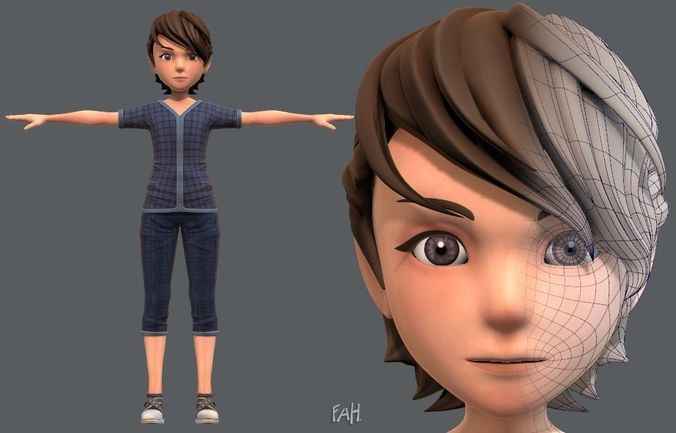
What Are Some Tips for Maintaining Creativity and Inspiration in the 3D Character Design Process?
Maintaining creativity in 3D character design involves regularly fueling your inspiration sources and utilizing creative blockbusters. Explore diverse art forms, practice sketching daily, and experiment with different modeling and texturing techniques to keep your designs innovative.
 Digital Art InstructionDIY Infographics DesignMobile Game ArtworkPersonalized Logo Design3D AnimationeBook Covers DesignPrivacy PolicyTerms And Conditions
Digital Art InstructionDIY Infographics DesignMobile Game ArtworkPersonalized Logo Design3D AnimationeBook Covers DesignPrivacy PolicyTerms And Conditions
